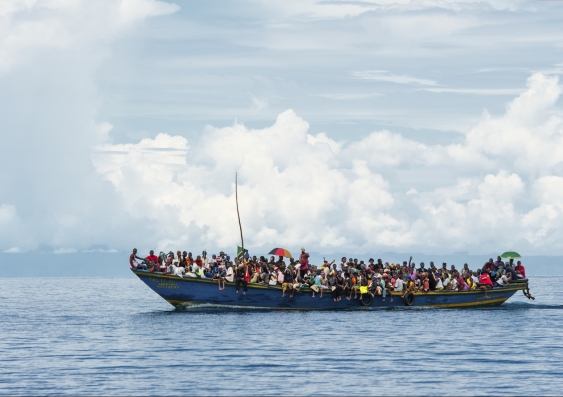Australia’s rigid immigration barrier no model for Europe
The Abbott government’s strategy to treat asylum seekers who arrive by boat so terribly that they give up, is no model for a pluralistic Europe that values human rights, argues Gabrielle Appleby in the New York Times.


